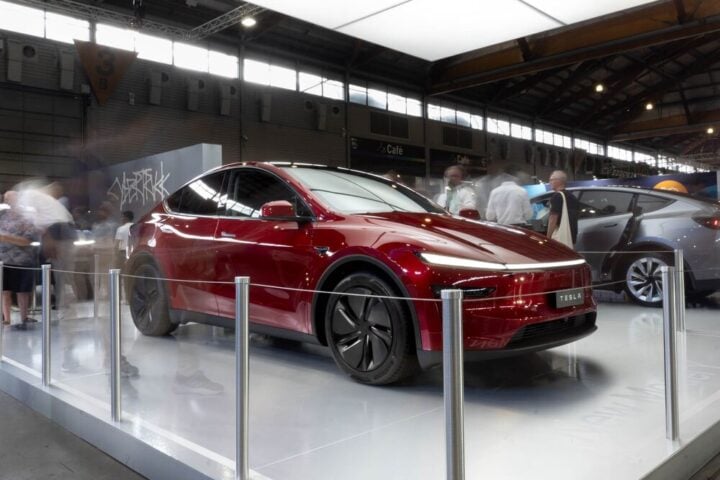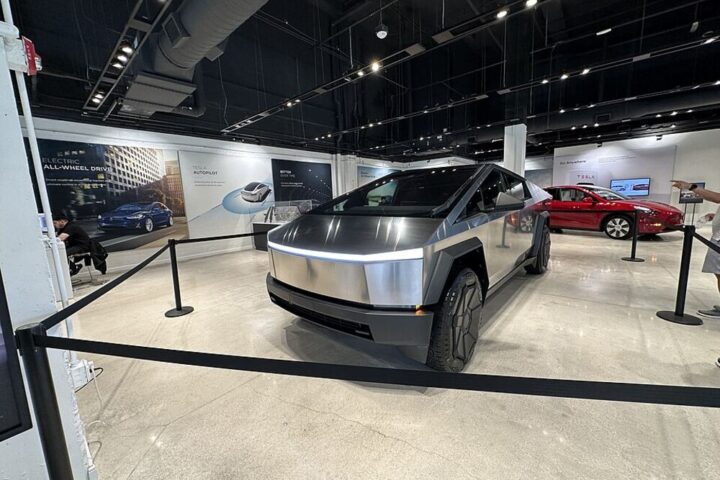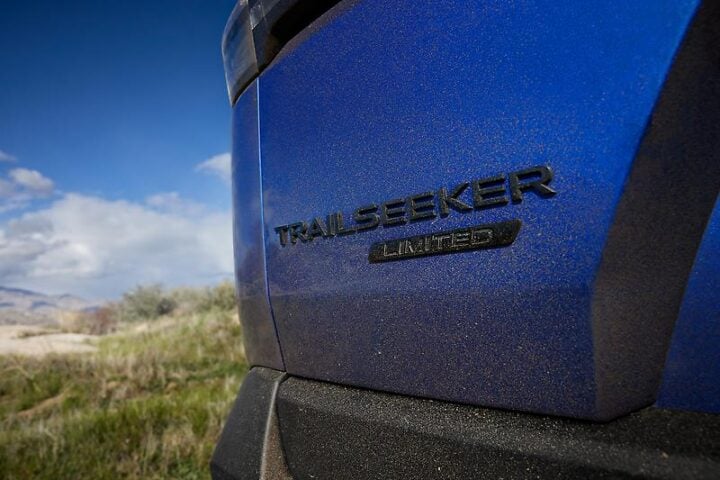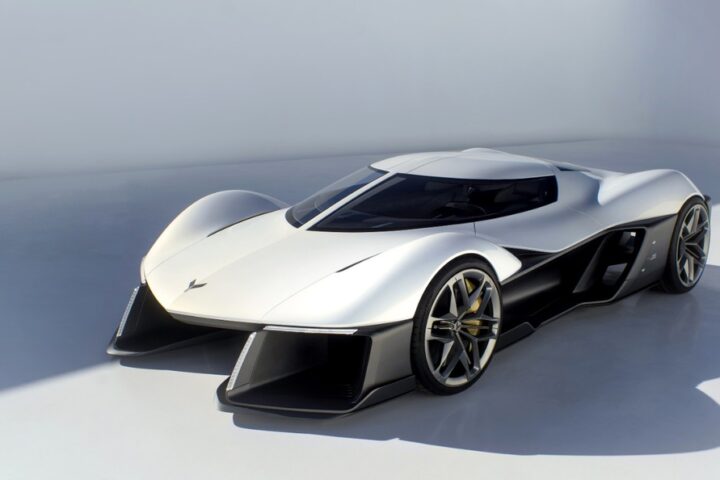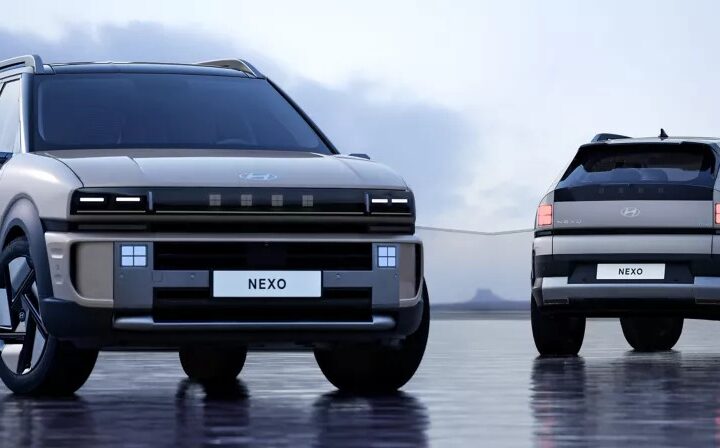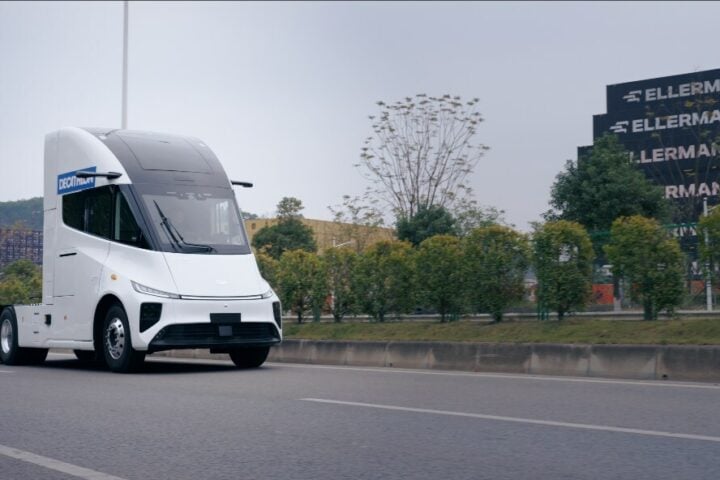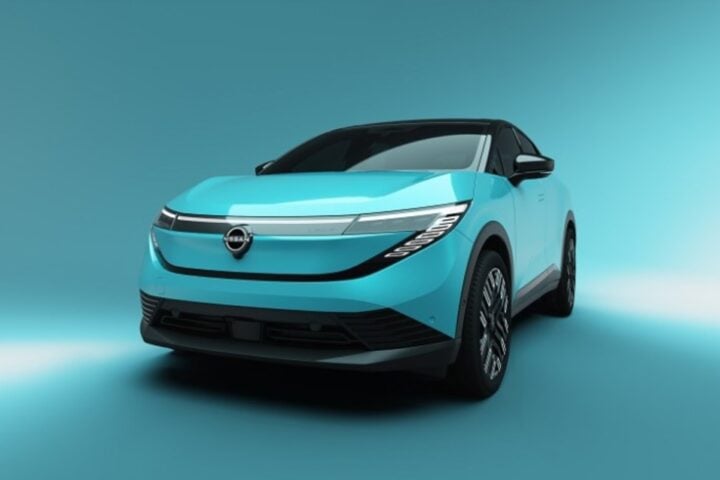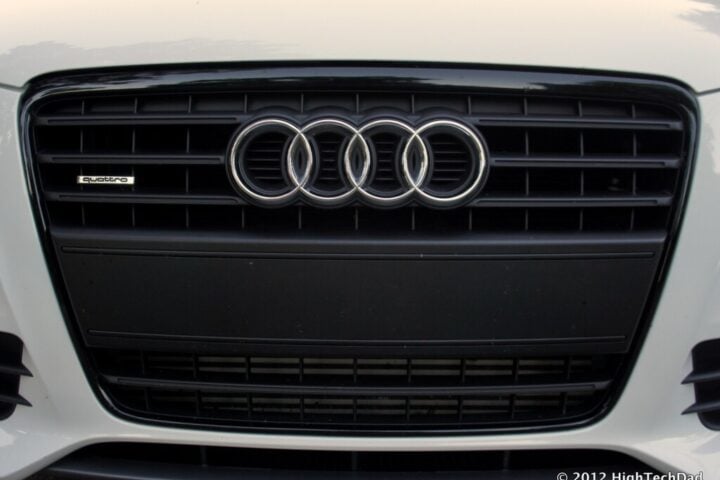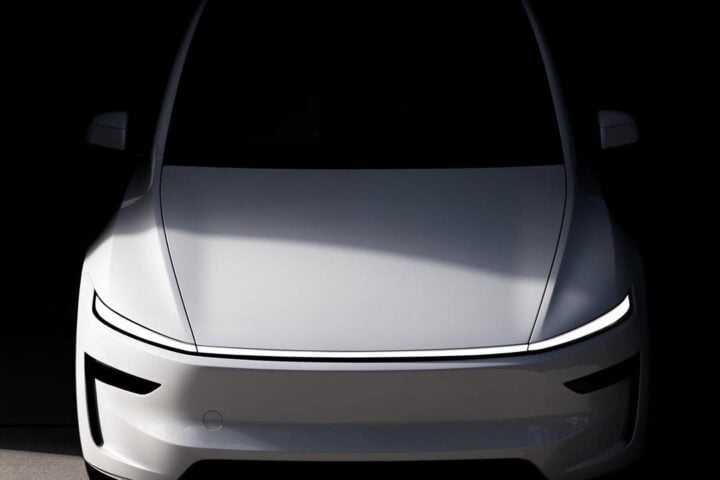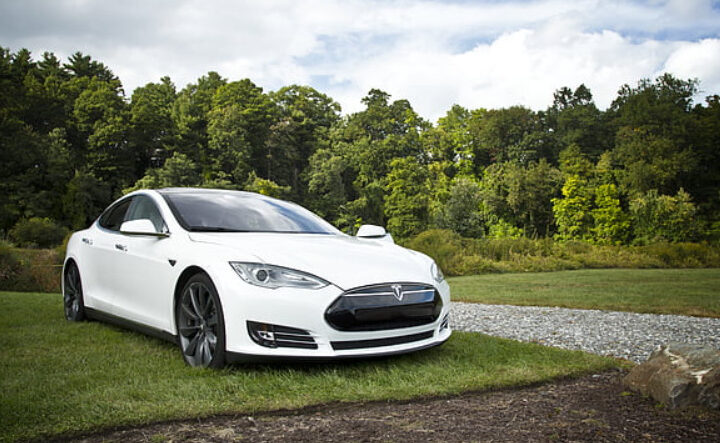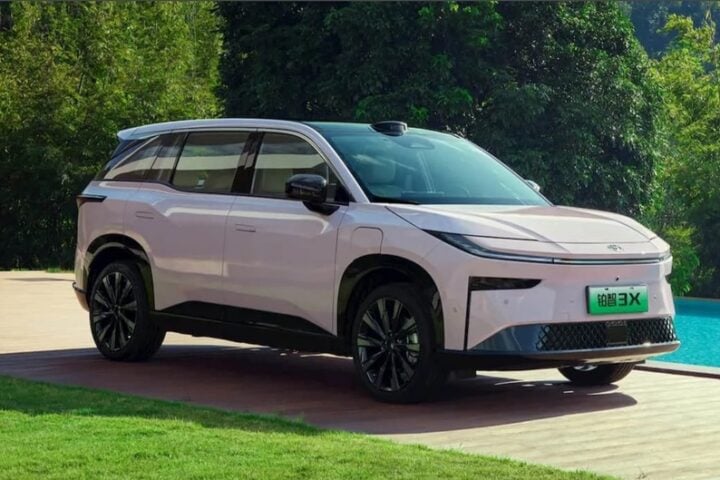In a harmonious blend of innovation and environmental stewardship, Louis Dreyfus Armateurs (LDA) reveals plans to outfit the Ville de Bordeaux with bound4blue’s pioneering eSAILs®. This initiative, generously co-funded by the European Union, emerges as a beacon in the maritime sector’s voyage towards decarbonization, with the sails promising a reduction of up to 1,800 tons of CO2 emissions annually.
From the vibrant city of Barcelona, bound4blue is steering the maritime world into a greener future. The company’s eSAIL® technology, a marvel of engineering, generates an impressive six to seven times more lift than its conventional counterparts. The eSAIL® is a symphony of a sail-like vertical surface and an electric-powered air suction system, harmonizing to optimize airflow and alleviate the burden on the ship’s main engines.
The Ville de Bordeaux, a vessel with a crucial role in transporting A320 Family subassemblies from Europe to Mobile, USA, for Airbus, is set to be adorned with three majestic 22-metre-high eSAILs®. A six-month performance monitoring period will commence in early 2024, casting a spotlight on the practicality and efficiency of this wind-assisted propulsion technology.
Nicolas Chrétien, the passionate Head of Sustainability & Environment at Airbus, shared the company’s fervor, stating, “For many years, we at Airbus have been delving into the potentials of wind-assisted technologies for our maritime operations. The promise this technology holds is thrilling, and we are poised to test it in real-world conditions by year’s end.”
Similar Posts
This commitment to a sustainable future resonates with Mathieu Muzeau, Transport & Logistic General Manager at LDA. He emphasized the company’s unwavering dedication to achieving net-zero greenhouse gas emissions by 2050. “We firmly believe that wind-assisted propulsion is a key piece of the puzzle in reaching this objective,” Muzeau expressed with conviction.
David Ferrer, the enthusiastic CTO of bound4blue, underscored the groundbreaking nature of this installation, marking it as the “first-ever fixed suction sail installation on a Ro-Ro ship.” Ferrer’s excitement was infectious as he recounted the successful implementation of the technology on three vessels and upcoming installations on fleets of renowned shipowners like Marubeni Corporation and Odfjell.
Supporting Airbus’ ambitious aspiration to halve CO2 emissions from its maritime operations by 2030, this collaboration is a dance of innovation and environmental responsibility. The anticipated fuel and CO2 emissions savings are a promising up to 560 tons and 1,800 tons respectively, annually.
Yet, the journey is not all smooth sailing. The maritime industry faces the waves of challenges in implementing such technologies on a grand scale and ensuring their adaptability to diverse ship designs and operational needs. The journey of Ville de Bordeaux will be under the watchful eyes of the maritime community, offering invaluable insights into the feasibility and efficiency of wind-assisted propulsion technologies.
This venture stirs the waters with questions about the scalability of such innovations and the readiness of the industry to embrace them wholeheartedly. With the urgent call of climate change echoing in the winds, the maritime sector is navigating the delicate balance between economic viability and environmental duty.
The Ville de Bordeaux’s adoption of eSAILs® is a gust of fresh air in the maritime industry’s green transition. The collaboration between LDA, Airbus, and bound4blue paints a hopeful picture of the future, highlighting the transformative power of innovative technologies in diminishing the carbon footprint of maritime operations. As the ship embarks on its journey with new sails catching the wind, the industry watches with anticipation, feeling the winds of change that this venture could usher in across the boundless seas.



